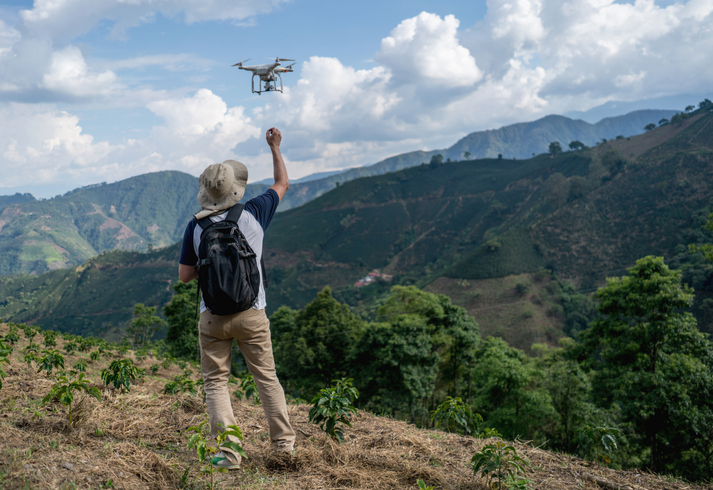In a groundbreaking development for emergency response and disaster relief, the Srinivas University Institute of Engineering and Technology in Mangaluru is preparing to launch Sri Viman, a human-carrying drone designed to revolutionize how first responders reach people in critical situations. This innovative drone, capable of transporting a single individual over a distance of up to 15 kilometers, represents a major leap forward in engineering applications for safety, defense, and humanitarian purposes.
The Sri Viman project is the product of a multidisciplinary team of engineers and researchers who combined expertise in aeronautics, robotics, and mechanical engineering. The design focuses on both safety and efficiency, enabling rapid deployment in areas that are difficult or dangerous to reach by conventional vehicles. In the event of natural disasters, such as floods, landslides, or earthquakes, this drone can quickly reach stranded individuals, providing immediate evacuation or delivering essential medical supplies.
One of the key engineering challenges addressed in Sri Viman’s design is stability during flight while carrying a human payload. Engineers incorporated advanced gyroscopic stabilization, precision rotor control, and redundant safety systems to ensure a smooth and secure flight. In addition, the drone is equipped with real-time monitoring systems that allow operators to track vital parameters, including altitude, speed, battery life, and payload integrity. These features make the drone a reliable tool for both emergency services and potential defense applications.
The implications of this technology extend beyond disaster relief. In defense operations, the drone can be used for reconnaissance or rapid personnel transport, reducing risk to human life in hazardous conditions. Similarly, in medical emergencies, it has the potential to deliver lifesaving equipment to areas with limited road access or during situations where traditional transportation is impossible.
From an engineering perspective, Sri Viman showcases the integration of multiple disciplines to solve complex real-world problems. Electrical engineers work on battery efficiency and control circuits, mechanical engineers optimize the airframe and rotor dynamics, and software engineers develop the navigation and monitoring systems. This collaborative approach illustrates how modern engineering projects often require seamless coordination across specialties to achieve operational success.
Moreover, Sri Viman reflects a growing global trend in drone technology, where unmanned aerial vehicles (UAVs) are evolving from small recreational tools to sophisticated machines capable of performing tasks that were once considered impossible. As regulations for UAV operations continue to develop, human-carrying drones may soon play an integral role in public safety, healthcare, and even transportation infrastructure.
In conclusion, the launch of Sri Viman is a significant milestone in engineering and innovation, demonstrating how technology can enhance human safety and operational efficiency. By bridging the gap between unmanned aerial systems and practical human applications, this human-carrying drone opens new frontiers for emergency response and disaster management, offering a glimpse into the future of aviation engineering.




